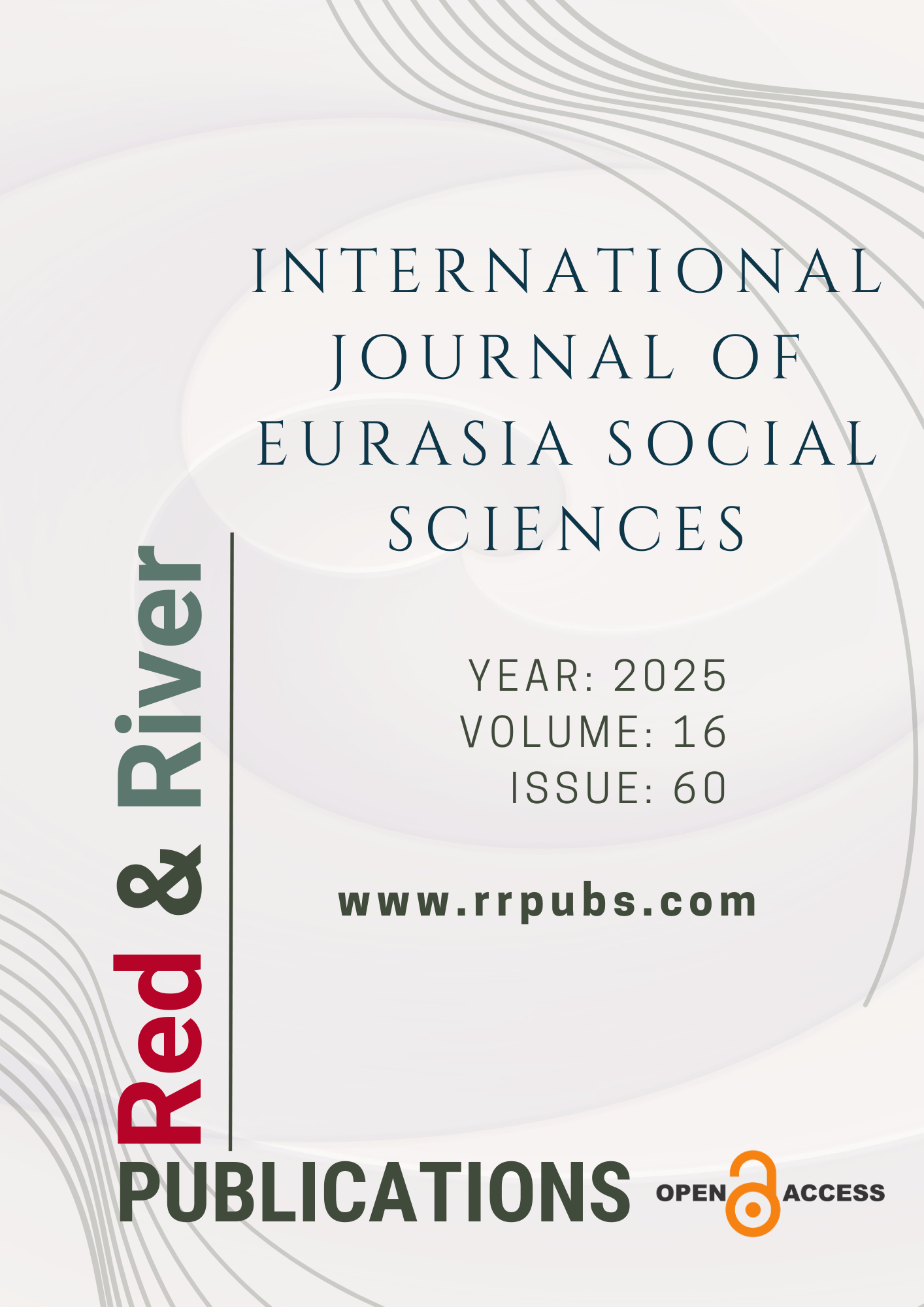Truth tree short-cut rules for biconditional and exclusive disjunction propositions
DOI:
https://doi.org/10.70736/ijoess.1754Keywords:
Biconditional, exclusive disjunction, truth tree, branching, stackingAbstract
In this article, it is tried to decide shortcut rules for checking biconditional and exclusive disjunction propositions using the truth tree method. In the first part of the study, it is put forward that since biconditional and exclusive disjunction propositions cannot be directly reduced to conjunction, disjunction, conditional and converse conditional propositions, the decompositions made by using the antecedent component and then the posterior component related to stacking and branching cannot be determined as a shortcut rule by using the truth tree method. In the second part of the study, the biconditional and exclusive disjunction propositions are decomposed by first taking the posterior component and then the antecedent component. Accordingly, it is shown that none of the four branching variations, and the stacking variations in which the posterior component is taken first and then the antecedent component, and the posterior component is taken first and then the negation of the antecedent component, give the same results as the analyses made with the standard truth tree rules; and therefore, these decompositions cannot be used as shortcut rules by the truth tree method. However, when it is stacked and first the negation of the posterior component and then the negation of the antecedent component are taken, it is put forward that the affirmation of the biconditional proposition and the negation of the exclusive disjunction proposition give the same results as the standard truth tree method; in addition, when it is stacked and first the negation of the posterior component and then the antecedent component are taken, it is seen that the negation of the biconditional proposition and the affirmation of the exclusive disjunction proposition give the same results as the standard truth tree method.
References
Agler, D. W. (2013). Symbolic logic: Syntax, semantics and proof. Lanham: Rowman & Littlefield Publishers.
Çüçen, A. K. (2009). Mantık. (5. Baskı). Bursa: Asa Kitabevi.
Forbes, G. (1994). Modern logic: A text in elementary symbolic logic. New York and Oxford: Oxford University Press.
Gensler, H. (2002). Introduction to logic. New York: Routledge.
Gödelek, K. (2003). Akıl yürütmeye dair (mantık). İstanbul: Su Kitap Dünyası Yayınları.
Grünberg, T., Onart, A. & Batuhan, H. (1976). Modern mantık ve uygulamaları. (3. Baskı). İstanbul: Milli Eğitim Basımevi.
Guttenplan, S. (1997). The languages of logic: An ıntroduction to formal logic. (2. Baskı). Oxford: Blackwell Publishing.
Howson, C. (1997). Logic with trees: An introduction to symbolic logic. London and New York: Routledge.
Jeffrey, R. (1991). Formal logic: Its scope and limits. (3. Baskı). New York: McGraw-Hill Inc.
Klenk, V. (2008). Understanding Symbolic Logic. (5. Baskı). New Jersey: Pearson Prentice Hall.
Kutlusoy, Z. (2000). Bir doğruluk fonksiyonu mantıksal değişmezi olarak bağdaşmaz-seçeneklilik eklemi. Felsefe Dünyası, (31), 33-45.
Leblanc, H. & Wisdom, W. A. (1972). Deductive logic. Boston: Allyn and Bacon Inc.
Menne, A. (2005). Mantığa giriş. (L. Çilingir, Çev.). Ankara: Elis Yayınları.
Osman, F. (2024a). Doğrudan indirgemeler üzerine iki değerli mantık açısından bir inceleme –III: Farklı basit önermelerden oluşturulan bileşik önermelerin birbirine indirgenmesi. Kahramanmaraş Sütçü İmam Üniversitesi Sosyal Bilimler Enstitüsü Dergisi, 21(2), 884-954. https://doi.org/10.33437/ksusbd.1490222
Osman, F. (2024b). Geleneksel/klasik mantığın modern/sembolik yorumu: İki değerli kiplikli olmayan mantık açısından bir değerlendirme. (2. Baskı). Ankara: Sentez Yayıncılık.
Osman, F. (2024c). Modern mantığa giriş -1: İki değerli mantık. (3. Baskı). Ankara: Sentez Yayıncılık.
Özlem, D. (2004). Mantık: Klasik/sembolik mantık, mantık felsefesi. (7. Baskı). İstanbul: İnkılâp Kitabevi.
Yıldırım, C. (2019). Mantık: Doğru düşünme yöntemi. Ankara: FOL Kitap.
Downloads
Published
How to Cite
Issue
Section
License
Copyright (c) 2025 Fikret Osman

This work is licensed under a Creative Commons Attribution 4.0 International License.

